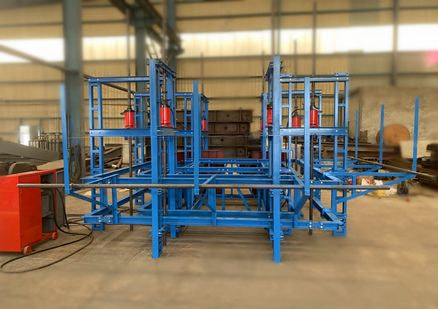What Is the Tolerance for Slipform Construction?
Slipform construction is an essential technique used for creating substantial concrete structures such as towers, silos, and bridges. It underscores the need for maintaining strict tolerances to uphold both structural integrity and overall quality. Tolerances in slipform construction encompass the allowable limits of variation concerning dimensions, alignment, and various critical parameters. These tolerances can fluctuate based on project specifications, the type of structure under construction, and the relevant codes and standards in the field of construction. Below are some commonly accepted guidelines concerning tolerances:

Vertical Alignment (Plumbness): The standard tolerance for vertical alignment is typically set at 1 in 1000 (1 mm per meter of height). However, this can be adjusted to be more precise based on specific project requirements.
Horizontal Alignment: Horizontal tolerances often range around ±10 mm, though this can vary based on design details.
Surface Finish and Flatness: Tolerances for surface finish and flatness are generally determined by the architect or engineer. They can be evaluated using a straightedge; common flatness tolerances may be about ±5 mm over a 3-meter straightedge.
Wall Thickness: Tolerances concerning wall thickness are usually defined within ±10 mm, but may vary depending on the overall size and the structural significance of the part being built.
Reinforcement Placement: Tolerances for the placement of reinforcement inside the slipform can be ±5 to ±10 mm regarding cover to reinforcement, ensuring sufficient protection and correct positioning of the reinforcements.
Formwork Joints and Seams: Maintaining proper alignment and sealing in formwork joints is vital. The tolerances for misalignment are often kept to a few millimeters to avert concrete leakage and guarantee a smooth finish.
Construction Joint Locations: When construction joints are obligatory, their positioning and alignment must adhere to specified tolerances to preserve both structural integrity and an appealing appearance.
These tolerance specifications are generally outlined in project documentation and must align with pertinent building codes and standards, which may include American Concrete Institute (ACI) standards, Eurocode, or other regional guidelines.
For any given project, it is essential to consult the detailed project specifications alongside applicable construction regulations to ascertain the exact tolerances required. Engaging with the project’s structural engineer or quality control manager can yield additional insights tailored to the unique requirements of the task.

